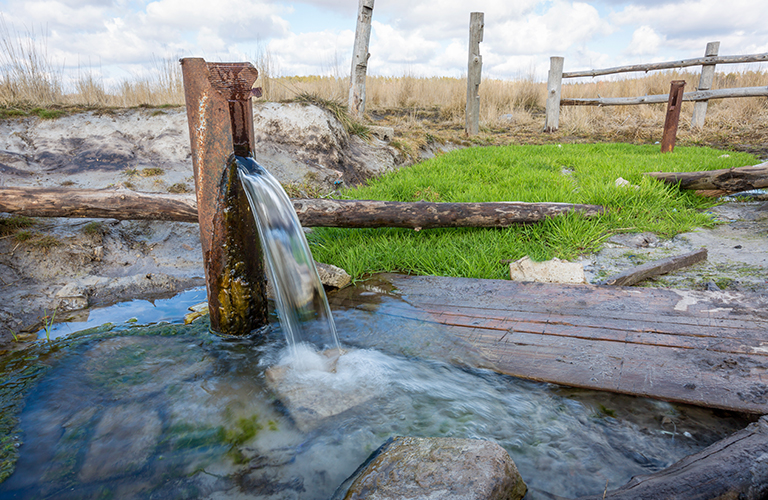
On March 23, the District Court for the Eastern District of Virginia held that Dominion Power’s discharge of pollutants via a groundwater pathway was in violation of the Federal Clean Water Act (CWA). Sierra Club had filed a citizen suit against Dominion, arguing that discharges from coal ash ponds and related facilities were discharging pollutants including arsenic via groundwater to the Elizabeth River.
The decision is notable in that prior to the March 23 decision, very few courts had considered the issue of authority under the CWA to address discharges to groundwater. Generally, EPA and state agencies have not sought to enforce CWA discharge prohibitions involving groundwater-related discharges under the CWA, due to longstanding interpretations that the statute regulates discharges to surface water. Several environmental advocacy groups have brought suits, sometimes successfully, arguing the groundwater connection to a surface water is within CWA jurisdiction for the purpose of discharge prohibition liability. Notably, even the Virginia Department of Environmental Quality weighed in on the issue stating that the DEQ’s Virginia Pollutant Discharge Elimination System (VPDES) did not address discharges via groundwater, a position accepted by the Court for the purpose of VPDES limitations.
The Court did not address issues relating to remediation under other laws, specifically the United States Environmental Protection Agency’s (EPA) fairly recent coal combustion residual (“CCR”) rules at 40 C.F.R. Part 257. Prior cases have found that remediation under other comprehensive statutory schemes, such as the Comprehensive Environmental Response, Compensation and Liability Act, preclude enforcement of the CWA’s discharge prohibition. See, e.g. Seepage Situation v. Perry, 47 F.3d 325 (9th Cir. 1995). The Court also refused to assess penalties, ruling in favor of injunctive relief to address the discharges. The Court was quite specific in injunctive relief, requiring more extensive monitoring of the Dominion site, including: sampling of the contents of sediments, monitoring of the water column, and periodic monitoring of fish and crabs in the area for arsenic

